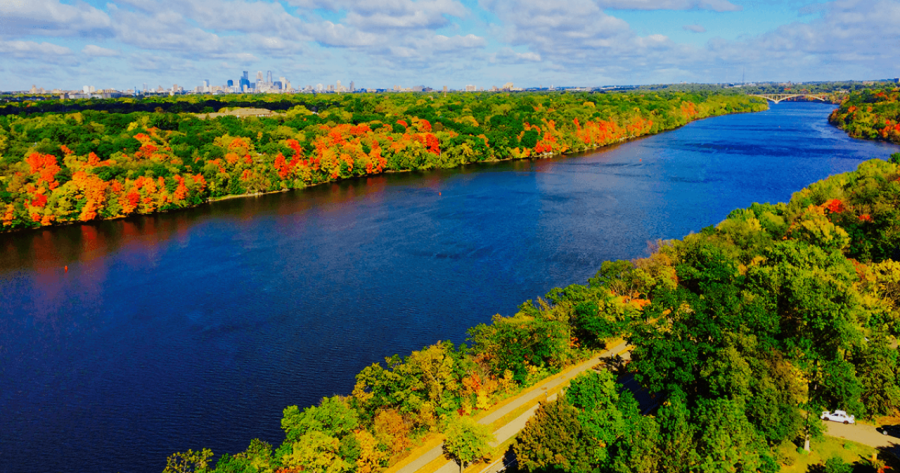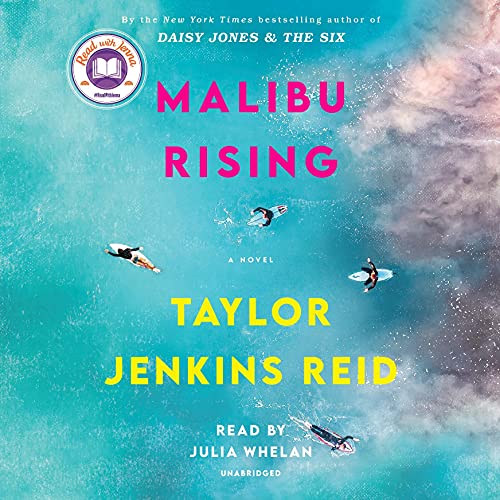Mississippi River: Why Is It So Low?
November 17, 2022
The Mississippi River is 2,340 miles long, flowing from Lake Itasca in Northern Minnesota to the Gulf of Mexico near New Orleans, Louisiana. The Mississippi river drains 33 states and its watershed covers one-half the nation. Recently, there was a hurricane that affected a lot of the gulf, Hurricane Ian. This hurricane was a high-end category 4 storm that did a lot of damage to the people in the path. This isn’t the first hurricane of this size, however, it was a reverse hurricane. Meaning a phenomenon that occurs when the wind is blowing away from the shore and literally pushes the water away from the coast, causing water to recede from the shoreline like a shallow tide. Could the hurricane have caused the water to be pushed out into the ocean?
Scientists believe it’s not because of the hurricane, but because of the lack of rain and months of warm, dry weather across the river basin. Scientists are reporting that climate change is making droughts more frequent and intense, Brad Pugh, a meteorologist with the NOAA, told The Associated Press that the Midwest drought is likely “driven by short-term weather patterns.” The River’s reduced water levels are causing major issues for people and the environment around it. Certain parts of the river that are typically deep enough with water to carry massive boats have almost completely dried up, causing the boats to get stuck in the muddy, sandy, sandbars. Many of these vessels were waterway barges, carrying various commodities, from grain to soybeans to fertilizer, along with a very unlucky group of tourists traveling along the Mississippi River in a Viking cruise ship. They had to disembark just five days into the two-week trip after their ship got stuck on sandbars.
While the Mississippi river drying up is not really that important to most people, it is really affecting the people along the river, along with people all over the country. We said the ships were getting stuck, delaying the transportation of goods. However, we haven’t mentioned the great effect this will have on farmers and wildlife. The river isn’t as wide or as deep as it usually is in some places, meaning fewer barges can travel on the river, and they can’t carry as much stuff. This is making shipping costs for farmers skyrocket, which affects their bottom line. Agricultural input costs are also high and the strong dollar is making U.S. agricultural exports less competitive. On the flip side, maybe the drought causing the river to dry is a good thing for its wildlife. Shipping via river causes localized disturbance to the river’s ecosystem as the barges and tugboats churn the water with their wakes and propellers, which can be six feet in diameter. During normal river levels, the turbulent waters and waves produced by ships can uproot plants in the loose, mucky soil of the river banks. A drought benefits the river by giving sediments on the river banks a chance to settle and form dense soil. After a drought, plants can become more resistant to the disturbance caused by boats. After a drought, a burst of plant growth in the solidified soil often proves to be a boon for wildlife.













